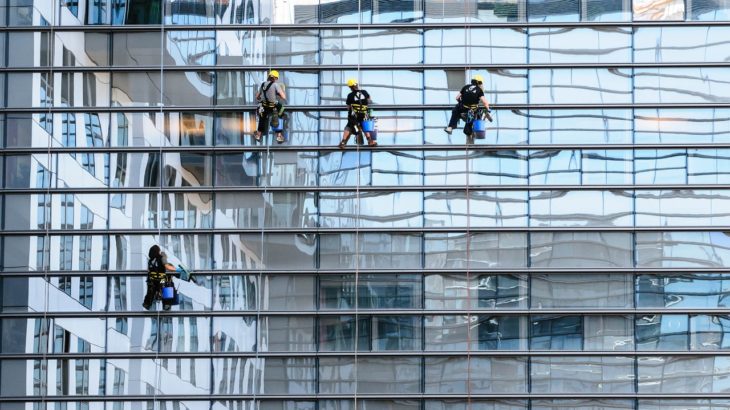Summary:
- Existing structures
- Specific safety devices
- Temporary anchor points
- Permanent anchor points
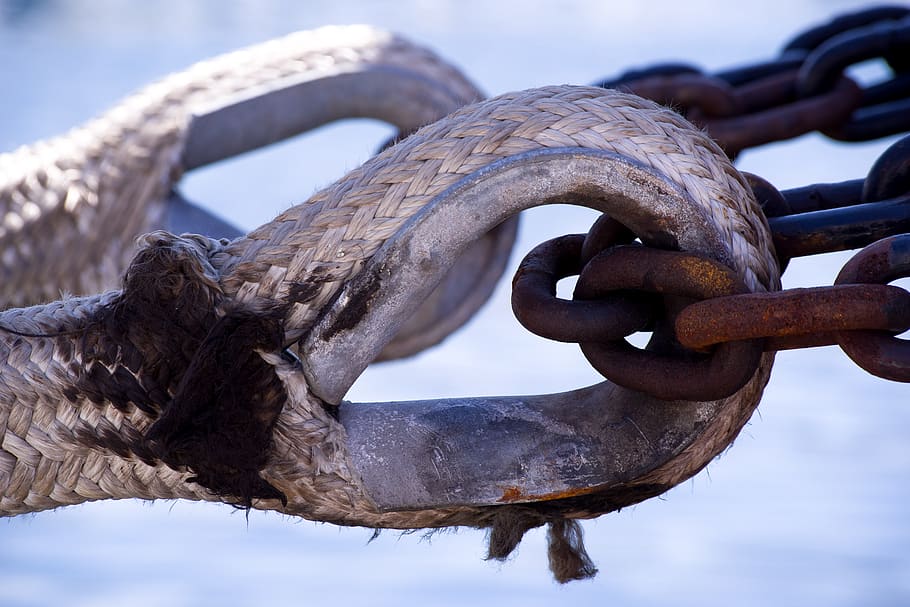
Choosing a rope access anchor point is not just about selecting the nearest solid object to which you can attach your lanyard. Understanding the forces that anchor points must withstand, the type of anchor point you can safely secure your lanyard to, and the type of work you will perform are essential elements of selecting an appropriate anchor point. Too many people take this for granted and feel that simply being “tied” to something is safe enough.
Accidents happen when people are attached to anchor points that are not strong enough, or the anchor point is not used correctly.
The anchor point must be appropriate, and if one is not available, you can contact a professional to do this job.
Existing structures
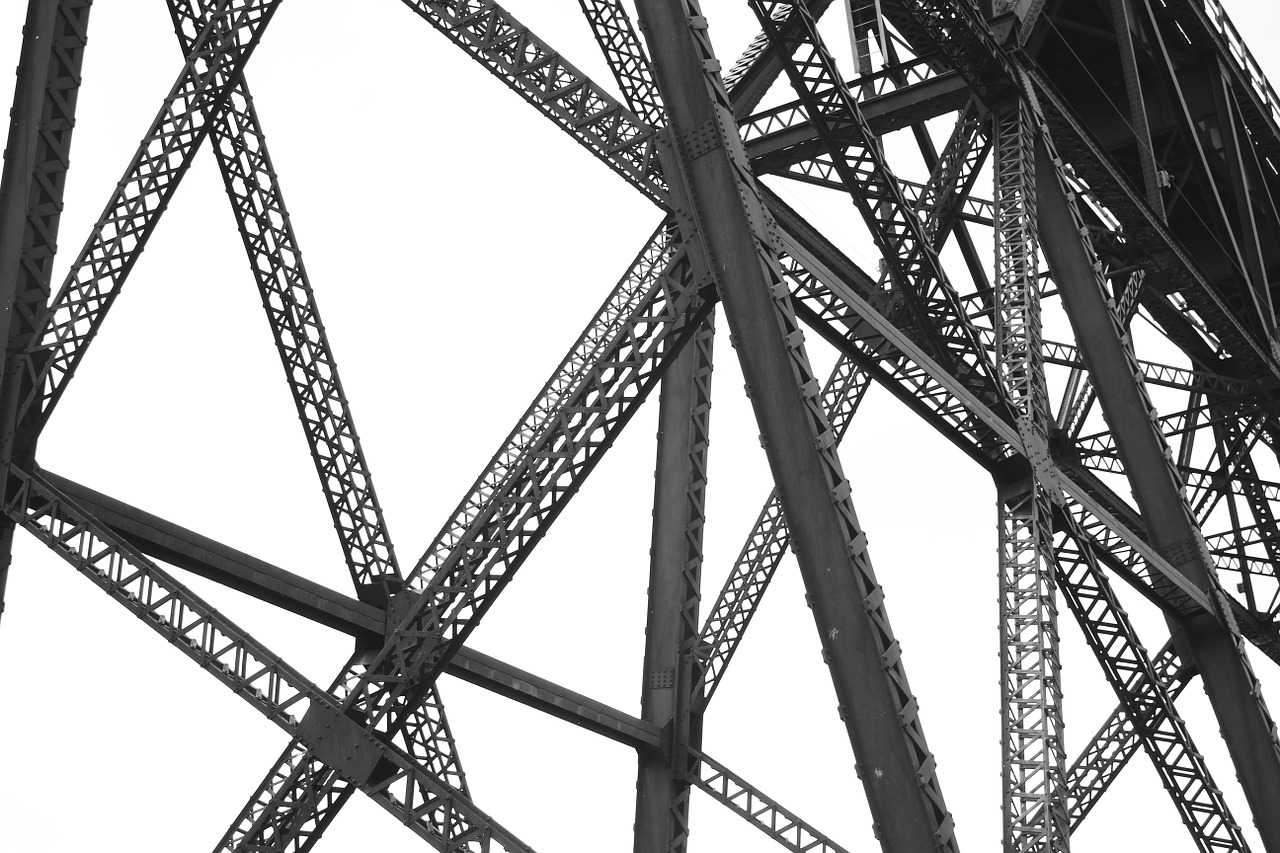
With the habit of using structural steel beams, it is difficult to argue for another element as an anchor point. For the anchor point to be secure, it must resist a force of 500 daN for 15 seconds (dekanewton or daN is a unit of measurement of force).
Other than an engineer who has reviewed some specifications and performed some calculations, most people will not know what can and cannot meet the requirements for a secure anchor point. Steel beams are almost the only option that you can randomly select. But as with all other options, the anchor point still needs to be approved by an engineer, and you’ll need to make sure you have the right equipment with which your employees will secure themselves. Whether it’s a beam clamp anchor or any other specifically designed system, each piece needs to be checked to make sure there’s no deterioration. It only takes the failure of one component to compromise the entire system.
Specific safety devices
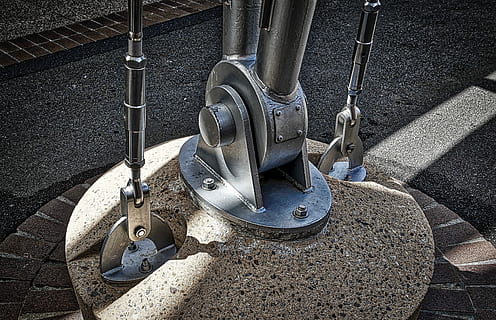
One of the best things to do is hire a professional who will have a safety device designed explicitly for this purpose. There are different types: horizontal lifelines, mobile anchor points, and permanently installed anchor points, to name a few—each with its advantages and disadvantages.
Horizontal lifelines are fantastic once they are in place. The design phase can be a bit time consuming, and such systems can be expensive, but they:
- allow freedom of movement for workers,
- can be customized for any configuration,
- and can be installed to minimize or eliminate lanyards on the work surface (tripping hazards).
However, they are not quick to install and should not be installed by someone who is not thoroughly trained in this area (fortunately, many vendors offer this service). Horizontal lifelines take time – from design to installation to training in their use. It’s a piece of equipment that needs to be thought out in advance and is probably most realistic for long-term projects or permanent installations. For example, a roofer going onto a roof to do a quick one-day job probably won’t mount a lifeline, but if roof installations need frequent maintenance, a lifeline may be the answer.
Temporary anchor points

Temporary anchor points are another option. There are different types of systems, such as self-supporting counterweight anchor points like the Weightanka. Temporary anchor points can provide you with a technical solution to help you during short or irregular interventions. These systems are designed so that no roof penetration is required, and the installation is quick and easy – transport the individual components to the site, assemble them, strap on, and you’re ready to go. There are other options for roofers and similar trades that can attach directly to roof sheets. For almost any use, a temporary anchor can be found.
Permanent anchor points
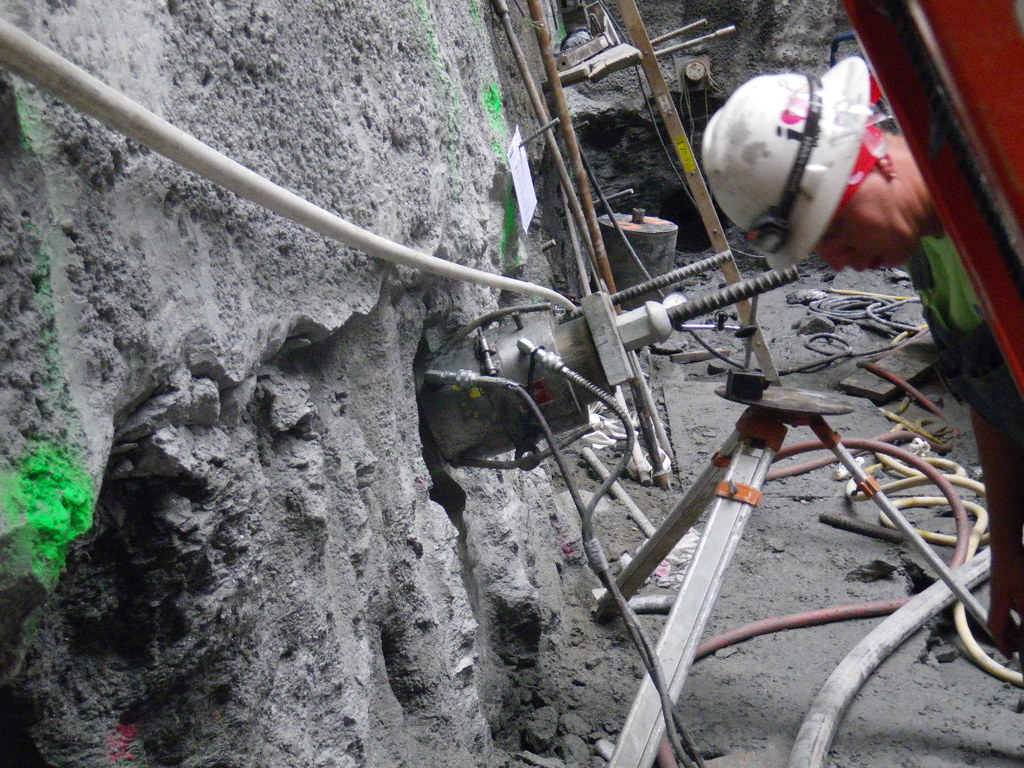
Permanent anchor points are also a viable solution. These systems, unlike temporary counterparts, are designed to penetrate the roof and attach to the steel structure so that they can be left in place once installed. These are suitable for situations where you know exactly where your work will take place, as workers will be limited to a defined radius around that anchor point. For work that will take place at various locations outside of this radius, multiple anchor points or a horizontal lifeline will need to be installed.
Hope this post helps you determine which type of access points you require for your business. Please, remember to share your experience in the section below.
